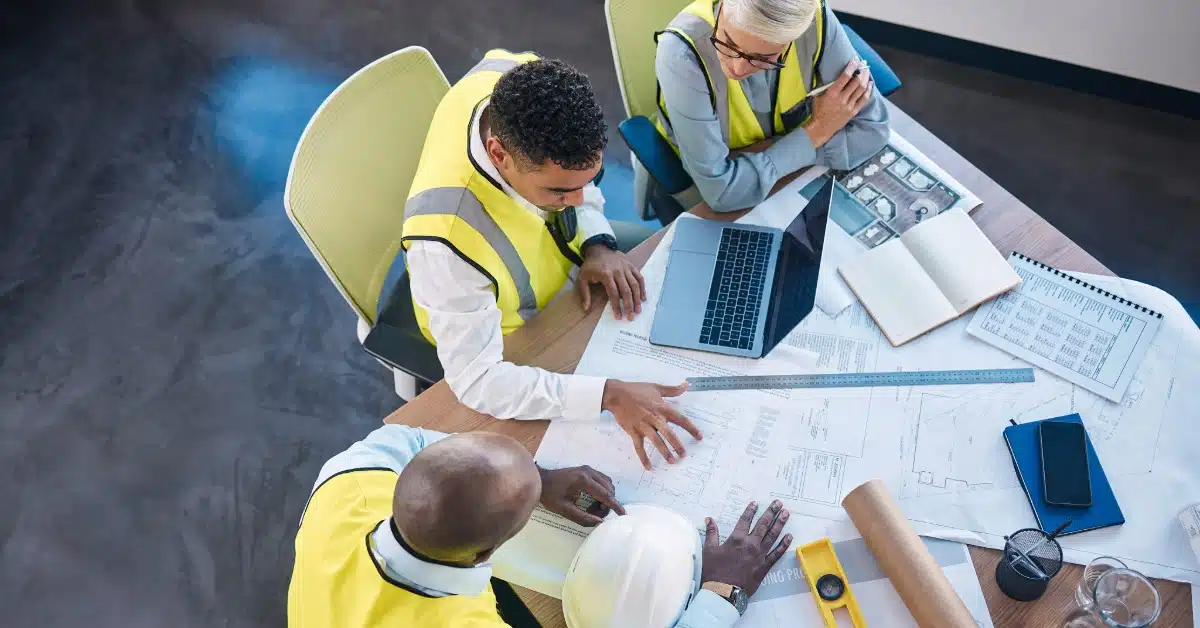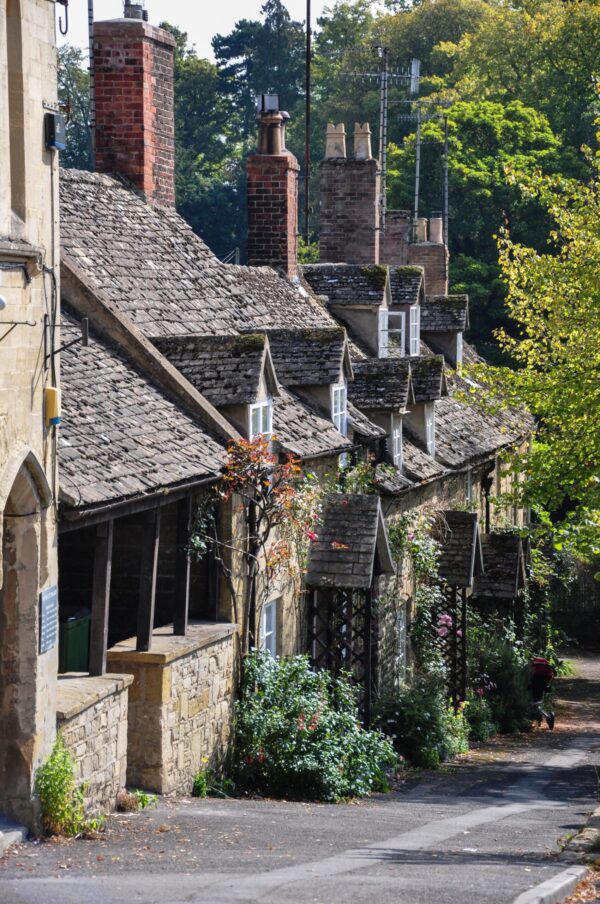Grade 2 Listed Building Dos and Don’ts
There’s a certain charm and character associated with old properties. That’s why owning and living in one could actually give you that feeling that you are somehow a part of history. However, there are also different challenges that may come with this privilege. These are often experienced by people who own Grade 2 listed buildings.
But what is a Grade 2 listed building, and how is it different from other listed buildings?
Listed buildings are structures that hold historical, national, and architectural interest. These could be residential and commercial properties, monuments, bridges, gardens, and parks. Buildings are listed to legally protect them from being inappropriately modified, extended, or demolished so that their special interest can be preserved.
Depending on the significance of the building, it could be categorised into Grade 1, Grade 2*, and Grade 2. Grade 1 buildings account for only 2.5% of all listed buildings, while 5.8% are under Grade 2*. These two categories are reserved for buildings of exceptional or particularly important interest.
The majority of listed buildings fall under the Grade 2 category, with an overwhelming 92% of the total. These listed buildings are considered structures of special interest that warrant preservation. If you are a homeowner owning a listed building, this is the most likely grade of listing for your property.
While your property needs to be protected, that does not mean that you cannot make any changes or modifications. However, it is important that in doing so, you keep in mind these Grade 2 listed buildings do’s and don’ts.




